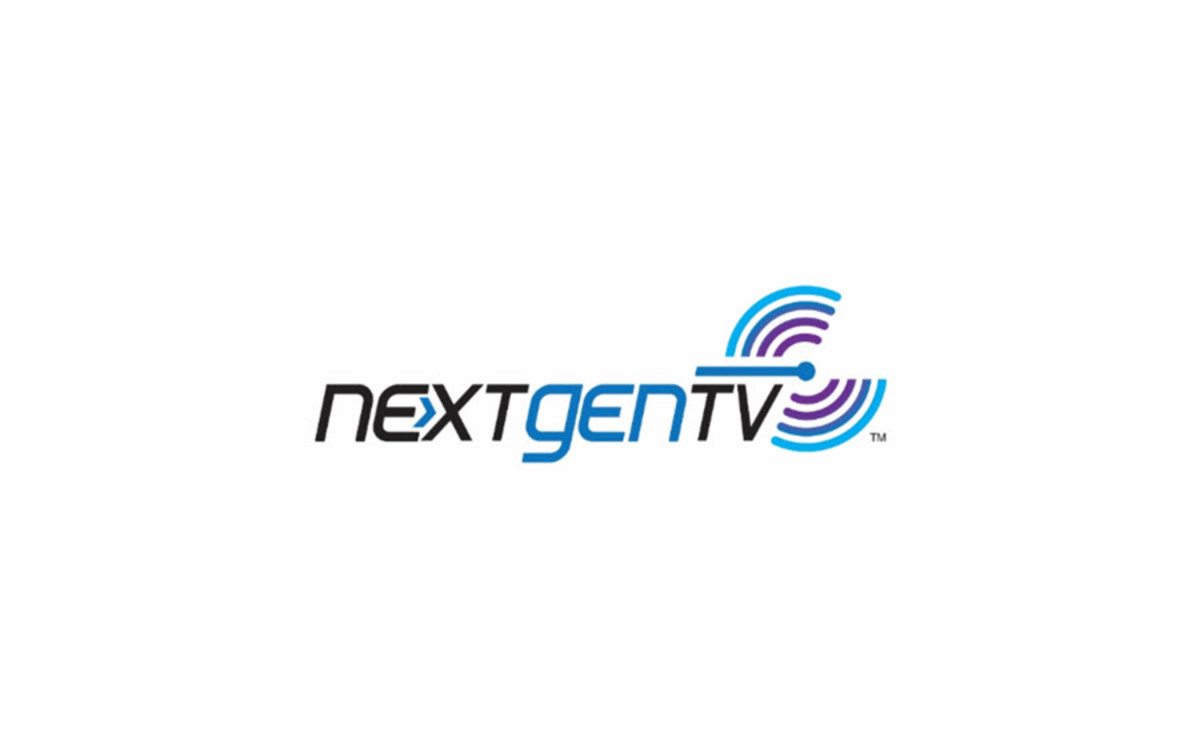The ATSC (Advanced Television Systems Committee) gathered several industry leaders together during CES 2021 to discuss the past, present, and future of ATSC 3.0 — otherwise known as NextGen TV. And while COVID-19 has certainly affected its ongoing rollout and adoption, backers within the industry seem optimistic that 2021 could be a breakout year for the new broadcasting standard.
To recap: ATSC 3.0 marks the newest standard that governs over-the-air broadcasting in the US. Among its new features are support for improved video and audio quality, higher frame rates, high-dynamic range video and more. But the ongoing transition to ATSC 3.0 has required significant groundwork in several areas, including TV makers and other manufacturers producing compatible hardware.
A year ago, at CES 2020, we started hearing about “20 for 2020” — a pledge from TV makers Sony, Samsung, and LG to offer 20 ATSC 3.0-compliant models by year’s end. The ATSC pointed out the trio actually surpassed that goal, with over two dozen models sporting ATSC 3.0 on board, all despite the ongoing challenges of COVID-19.
“2021 promises to be another important year for NextGen TV consumers. Broadcasters successfully launched services in 23 markets last year and expect to launch another 20 in the coming months,” ATSC President Madeleine Noland said to kick off the panel. “In fact we anticipate that NextGen TV will reach about 70 percent of US household by the end of 2021.”
Silicondust CTO Nick Kelsey highlighted his company’s successful Kickstarter campaign for its HD HomeRun Connect 4K, a four-tuner gateway device that features two ATSC 3.0-compliant tuners. Unlike traditional set-top boxes for individual TV sets, Kelsey said the Connect’s gateway functionality means it can provide content to devices throughout a home, not just a single connected TV. It’s a setup Noland likened to an “ATSC 3.0 hotspot.”
“I’ve got no doubt that 2021 is going to be a good year for television and ATSC 3.0,” Kelsey added.
On the TV side, LG’s Senior VP of Public Affairs and Communications, John Taylor, acknowledged the challenges many companies faced in 2020, but added that with more people spending time at home, the television became more of a focal point for families.
“We saw it as a company,” he said. “We introduced our first NextGen TV products in March. We started shipping in mid-March. Little did we know that brick-and-mortar stores were going to be shuttered, pretty much.”
As for 2021, LG’s continuing to add more ATSC 3.0 support to its lineup, including models boasting its new OLED evo technology. Beyond TVs with built-in ATSC 3.0, Taylor pointed out the upcoming webOS 6.0 platform will support Silicondust’s HD Homerun app so that other TVs in LG’s 2021 lineup, like its other OLED, QNED and Nanocell models, can leverage the HD Homerun’s ATSC 3.0 tuners more easily.
With broadcasters continuing to convert cities around the country to ATSC 3.0, and manufacturers producing compatible gear, Taylor described 2020 as laying the foundation for the future.
“We think the stars are aligning for 2021 being the NextGen TV tipping point,” Taylor added.
As for those broadcasters, Sinclair’s Mark Aitken said SBG expects to convert eight more markets to ATSC 3.0 in the first quarter of the year, followed by 12 more in Q2. Beyond that, he said, it’s tricky forecasting out past six months given all the elements that need to be in place. Still, Aitken said he’s confident they’ll hit the goals they mentioned at last year’s CES 2020, citing a target of reaching more than 80 percent of the US public.
Alfred Chan, MediaTek’s VP of TV and Smart Home Business Group, also shared his company’s optimism about ATSC 3.0’s potential for the coming year and beyond. The fabless semiconductor company has been designing hardware to support ATSC 3.0 and Chan expressed excitement about the future.
“2021 will be a remarkable year. All across the US, from the East Coast to the West Coast, we’re seeing deployments,” he said. “We think it’s a very exciting time”
Aside from an upgraded infrastructure and more compatible hardware, consumers will still need to be interested in the new tech if it’s going to be a success. To that end, the Consumer Technology Association’s VP of Research, Steve Koenig, shared his group’s predictions for the near-future. The CTA’s research suggests that NextGen TV’s market share will reach roughly 2 percent of US TV sets in 2021, rising steadily as time marches on. By 2024, the standard is expected to hit around 31 percent of the US TV market.
In all, Koenig said their research suggests NextGen TV’s steady growth could lead to nearly 25 million compatible TVs shipped by 2024. He added that while the CTA updates its forecasts regularly, current data suggests NextGen TV could see significant growth in 2022 and 2023. That said, if manufacturers, broadcasters, and consumers come on board at a quicker pace, that surge could come even sooner.
“Watch this space,” Koenig said. “There’s a lot of potential for this market to grow even more robustly than we see it today.”
CES 2021 is in full swing and we’ll have much more coverage all week long. Stay tuned for more news from the virtual showfloor.

